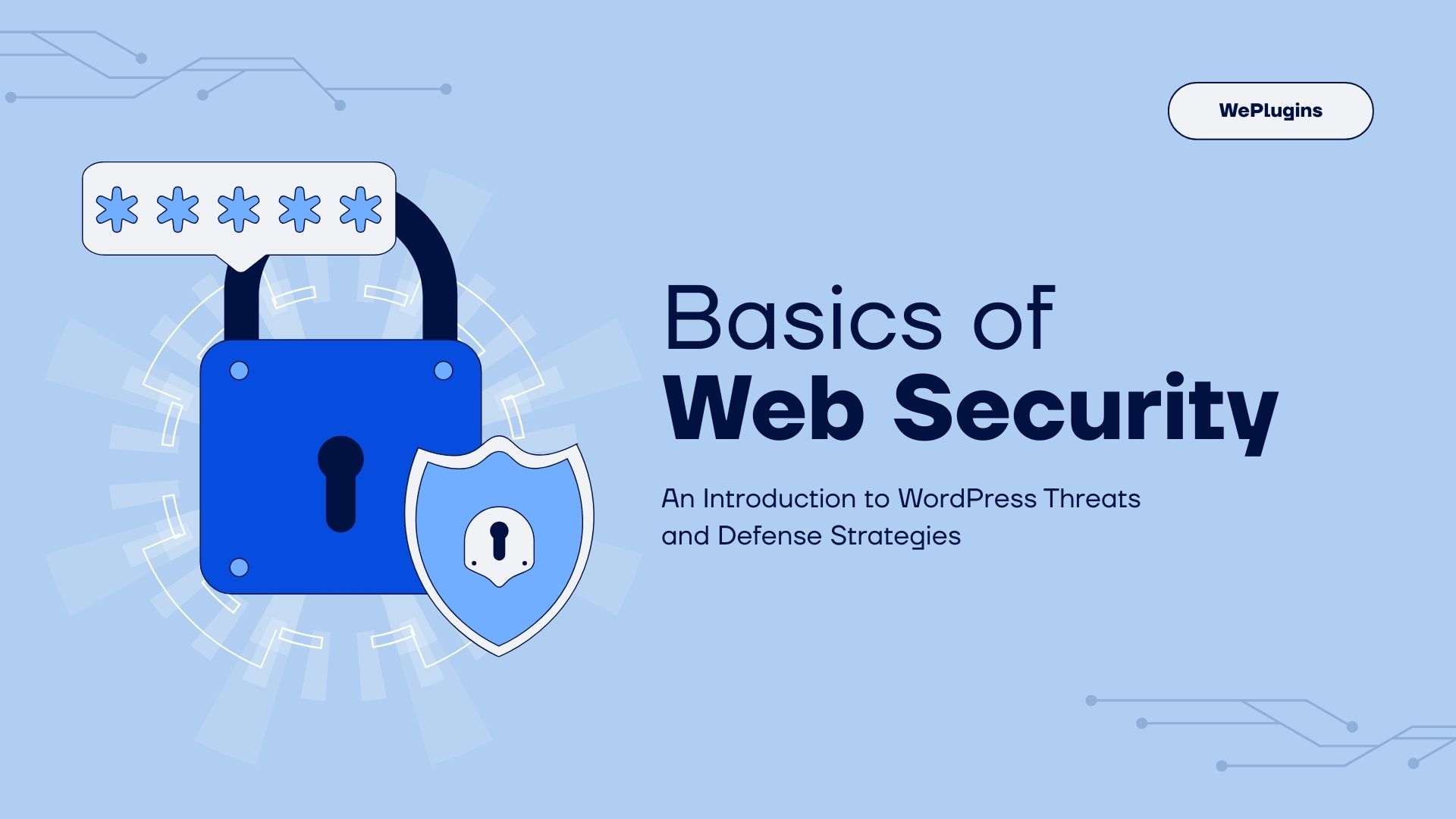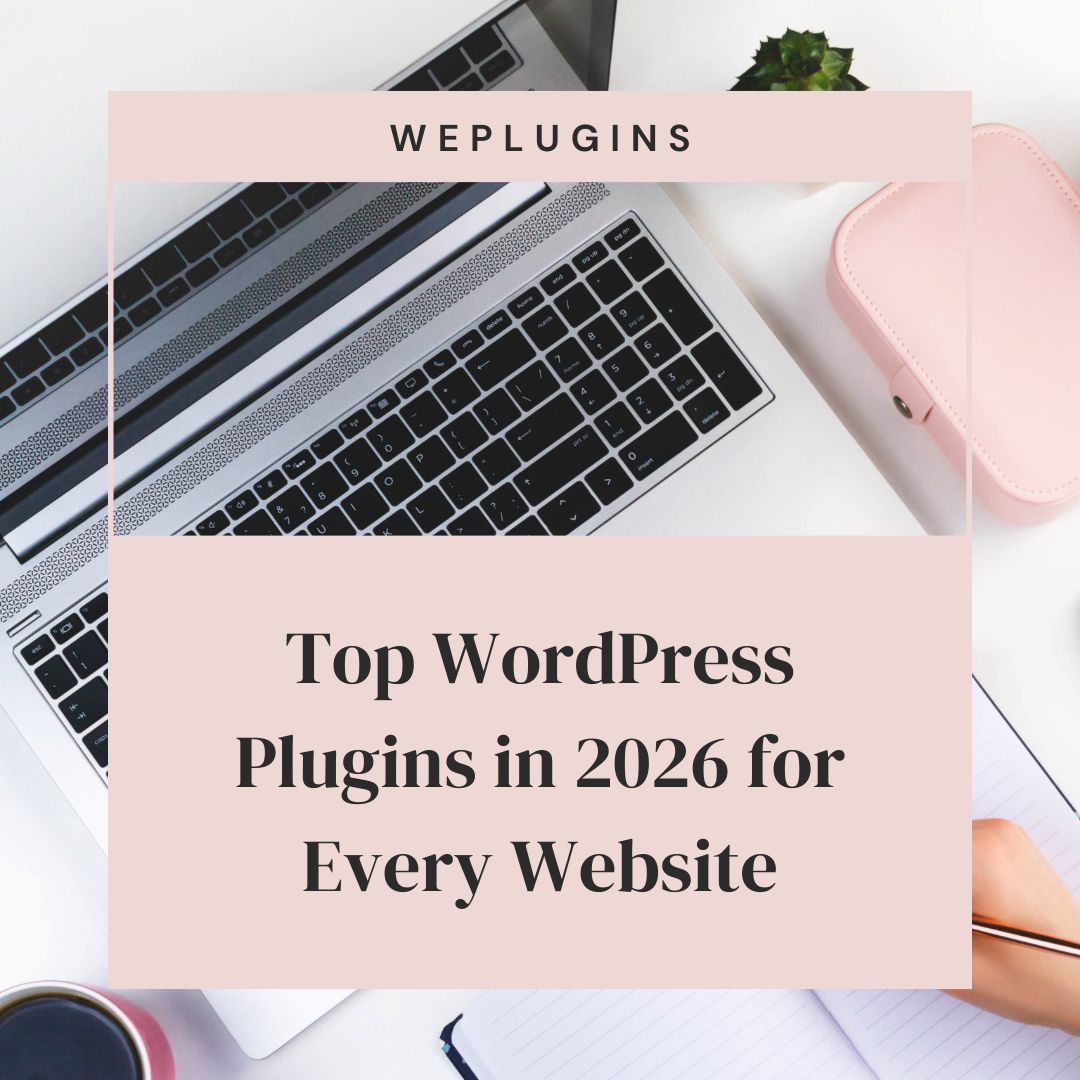This website uses cookies so that we can provide you with the best user experience possible. Cookie information is stored in your browser and performs functions such as recognising you when you return to our website and helping our team to understand which sections of the website you find most interesting and useful.
is_post_status_viewable filter
The returned filtered value must be a boolean type to ensure is_post_status_viewable() only returns a boolean. This strictness is by design to maintain backwards-compatibility and guard against potential type errors in PHP 8.1+. Non-boolean values (even falsey and truthy values) will result in the function returning false.
To use the is_post_status_viewable filter, first you have to register it using add_filter. You can write this code into functions.php of your activated theme or in a custom WordPress Plugin.
We at WePlugins always prefer to create a custom WordPress Plugin while using hooks so nothing breaks when you update your WordPress Theme in the future.
In the below live example, we have defined a function modify_is_post_status_viewable_defaults which takes 2 parameters and we registered using add_filter. The first parameter is_post_status_viewable is the name of the hook, the second parameter modify_is_post_status_viewable_defaults is the name of the function which needs to be called, the third parameter is the priority of calling the hook if the same hook is used multiple times, and the last parameter is the number of arguments (if any) to be passed in the registered function.
Sometimes, you have to remove a registered hook so you can use remove_filter to remove the is_post_status_viewable filter.
Parameters
- $is_viewable : (bool) Whether the post status is “viewable” (strict type).
- $post_status : (stdClass) Post status object.
Below are the 2 parameters required to use this hook.
Live Example 1: Basic Usage
Below is an example of how you can use this hook.
function weplugins_modify_is_post_status_viewable_defaults($is_viewable, $post_status) {
// Update the $is_viewable variable according to your website requirements and return this variable. You can modify the $is_viewable variable conditionally too if you want.
return $is_viewable;
}
// add the filter
add_filter( "is_post_status_viewable", "weplugins_modify_is_post_status_viewable_defaults", 10, 2 );
Live Example 2: Conditional Modification
Here’s an example of modifying the is_viewable variable based on specific conditions.
function weplugins_modify_is_post_status_viewable_conditionally($is_viewable, $post_status) {
// Modify $is_viewable based on post status
if ($post_status->name == 'special_status') {
$is_viewable = true;
}
return $is_viewable;
}
// add the filter
add_filter( "is_post_status_viewable", "weplugins_modify_is_post_status_viewable_conditionally", 10, 2 );
Live Example 3: Removing the Hook
To remove a hook callback, use the example below.
// remove the filter remove_filter( "is_post_status_viewable", "weplugins_modify_is_post_status_viewable_defaults", 10, 2 );
Please make sure to provide the same callback function name, priority, and number of arguments while removing the hook callback.
Contact Us
If you’re having any trouble using this hook or need customization, please contact us.
Explore the latest in WordPress
Trying to stay on top of it all? Get the best tools, resources and inspiration sent to your inbox every Wednesday.




